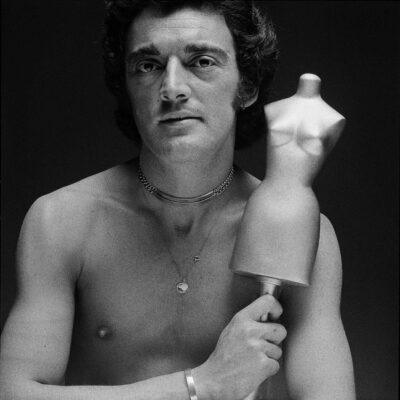
EFHA World 02.04.2024
15.03.2020
fashion historyknittingswedish fashionwinter fashion
Charming, recognisable, cool. But what is Bohus Stickning exactly?
The knitting did not require any special equipment or training; the first items produced were mittens and socks. From 1940 onward, Bohus Stickning also produced scarves, hats and items of clothing such as dresses and sweaters, mainly for women. Thanks to the artist and designers involved, these creations became so recognisable that a characteristic style emerged, made of colourful patterns in combinations of knit and purl stitches.
The Bohus Stickning became a brand, admired and promoted by many notable clients of the likes of fellow Swedish actress Ingrid Bergman, and also Juliette Gréco, Eartha Kitt, Grace Kelly.
In the 1990s the interest in Bohus style was revived by many books and projects aimed at recovering the history of the association and its role in the development of a national style for Sweden, appreciated throughout the world.